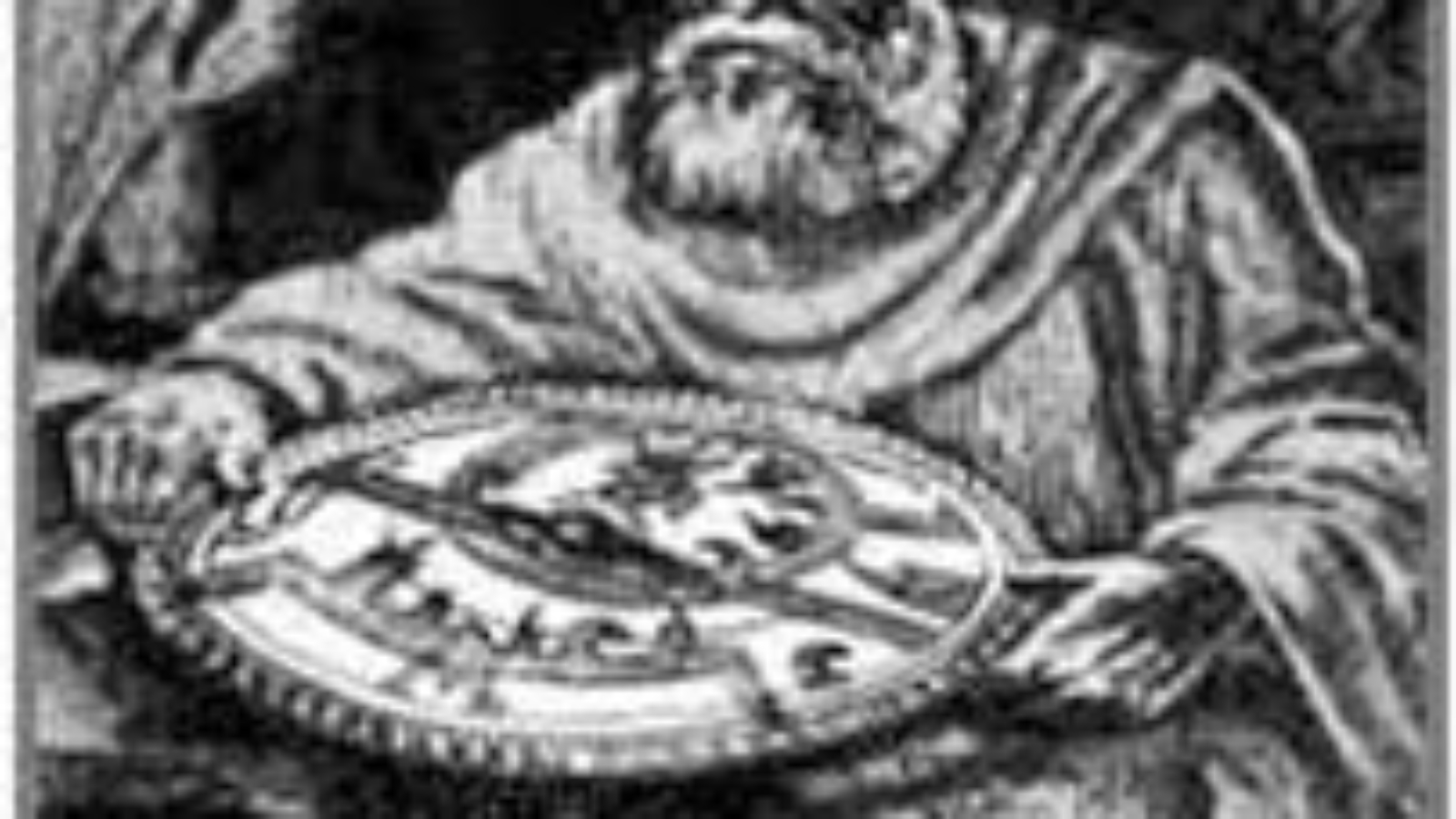
A young boy squinted up at the stars from the rooftop of his family home in Harran. The desert air was still. The sky stretched wide and quiet, a canvas of glittering questions.
That boy, Al-Battani, wasn’t looking for myths. He was trying to measure something real.
How far?
How fast?
How precise?
Before telescopes. Before satellites. Before modern science. Al-Battani, an astronomer of the 9th century, charted the heavens with little more than handmade instruments and relentless curiosity.
He didn’t just watch the stars; he changed how we understand them, and like other real-life heroes, real life heroes in doing so, he changed the way we see the world.
Who Was Al-Battani?
The man behind the numbers started life in what’s now Turkey, around 858 CE. His full name? Abu Abdallah Muhammad ibn Jabir ibn Sinan al-Battani.
Raised in a family of instrument makers, Al-Battani spent his childhood surrounded by astrolabes, sundials, and early tools of celestial study.
His hometown, Harran, was a place where astronomy met spirituality. Though born into a Sabian community that worshipped stars, Al-Battani himself was Muslim, which helped him bridge belief and science in ways that would matter and define his life's work.
Eventually, he settled in Raqqa, a center of learning on the banks of the Euphrates. There, he built an observatory, collected instruments, and spent over four decades recording the sky.
Al-Battani's Contributions to Modern Astronomy
So what made Al-Battani a name that echoed through centuries?
It starts with precision. At a time when even the best calendars wobbled with inaccuracy, Al-Battani calculated the length of the solar year as 365 days, 5 hours, 46 minutes, and 24 seconds—off by just two minutes compared to today’s figure.
This improvement refined seasonal tracking, religious calendars, and agricultural cycles.
Then came the stars. Al-Battani catalogued the positions of 489 of them, adjusting and correcting the maps left by earlier Greek astronomers. He wasn’t just copying old knowledge; he was upgrading it.
He also measured Earth’s axial tilt (23°35′, almost exactly right) and identified the slow “wobble” of the planet’s spin, a motion called precession.
That subtle drift of the stars over time? He spotted it.
Even more impressive, he noticed that the Sun didn’t always appear the same size, which could only mean that the Earth’s distance from it wasn’t constant, which was an early step toward understanding elliptical orbits.
The Inventions of Al-Battani
Al-Battani didn’t build machines that clanked or sparked. His inventions were mathematical: the replacement of ancient Greek geometry with trigonometry.
He was among the first to use sine, cosine, and tangent to solve astronomical problems, a shift that made calculations faster, clearer, and far more accurate.
His magnum opus, Kitab az-Zij as-Sabi’ (The Sabian Astronomical Tables), included 57 chapters of observations, methods, and planetary data. Translated into Latin in the 12th century, the work became De Scientia Stellarum and spread across Europe.
Al-Battani, renamed Albategnius in Latin, became a key source for thinkers like Copernicus, Galileo, and Kepler.
His numbers guided calendar reforms and heliocentric models. His ideas helped carry astronomy from the ancient world into the Renaissance.
A Real-Life Hero of Observation and Integrity
Al-Battani didn’t chase recognition. His life was spent watching, recording, checking, and rechecking.
He once wrote that the inconsistencies in earlier works “drove me to perfect and confirm such a science.” That drive wasn’t ego, it was clarity.
And near the end of his life, Al-Battani left Raqqa not for another discovery, but for something more personal: justice. He traveled to Baghdad to protest unfair taxation affecting his community. He fell ill and died on the return journey in 929 CE.
That moment says as much as any equation.
Why Al-Battani, the Astronomer, Still Matters
The tools have changed. The skies haven’t.
Al-Battani didn’t just leave tables and charts. He left a mindset: that truth is worth the work and that science is observation turned into meaning.
Today, Al Battani’s biography lives on in textbooks, lunar maps (yes, there's a crater named after him), and even in the math students learn in school. But more than that, he stands as a real-life scientific hero; a bridge between worlds, cultures, and centuries.
Al Battani didn’t invent the stars. He just showed us how to read them better.
Where Curiosity Leads
Al-Battani showed that the universe isn’t something to worship from a distance; it’s something to measure, question, and understand. He didn’t chase myths. He chased precision.
That’s the spirit we follow at Global Edutopia.
By sharing the lives of real people who challenged what they were told, we aim to spark that same quiet courage in our readers.
Want more? Explore our Real Heroes series; or see how myths shape what we believe and why people like Al-Battani chose to look beyond them.

